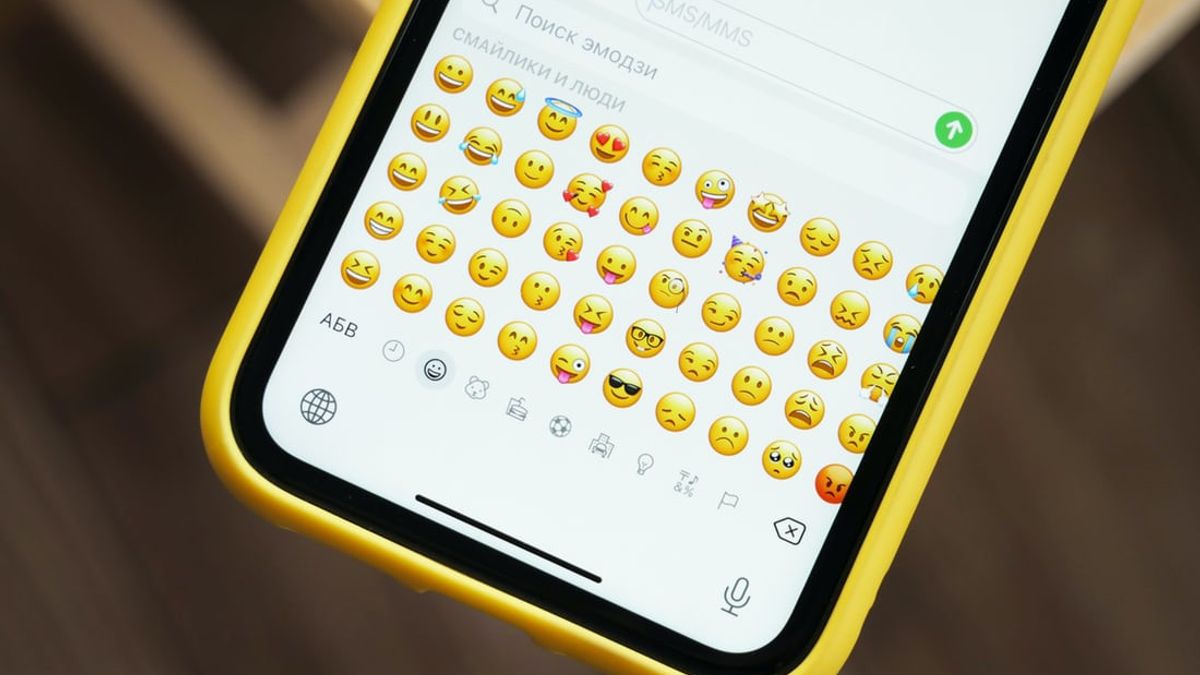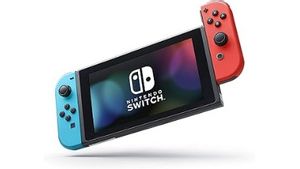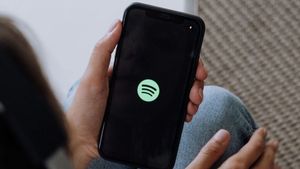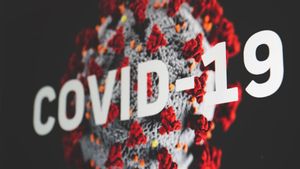JAKARTA - Currently, the medical world is receiving the most attention, and according to emergency medicine specialist Shuhan He, the medical world needs more emojis.
Shuhan He is also known to have helped propose the heart and lung anatomy emoji. Now, Shuhan He and others have proposed a new, larger variety of health-related emoji. According to them, this step can improve communication between doctors and patients.
In recent years, emojis related to medicine and health, such as stethoscopes, hearing aids, bones, and microbes, have been included in the Unicode Standard.
In comments published last week in JAMA, Shuhan He and his co-authors hope Unicode will approve more emojis that can be used in medical contexts, including emojis for more organs, such as stomach, liver, intestines, and equipment such as IV bags, CT scans. , also pill packs.
In addition, Shuhan He also wants more medical professionals to support the presence of such emojis and set standards for the use of emoji in medical communication.
"We know in medicine that when patients say certain words, they tend to be highly correlated with certain pathologies," said Shuhan He, quoted from The Verge, Tuesday, September 14.
According to Shuhan He, people often describe painful chest pain as feeling like an elephant is sitting on their chest.
“We also consistently ask people, what is your pain like, sharp, stabbing, dull, or fiery? These are emojis that can be represented in the form of images rather than verbal communication."
Images such as emoji have been widely used in the medical world. Shuhan He looks at the various uses of emoji in medicine. Patients who cannot speak or do not know English can use emojis to describe their symptoms.
For patients who speak English but do not have much medical literacy, a common standard visual language can make it easier for them to understand and follow treatment instructions. The advent of telehealth has also provided more opportunities for medical staff to supplement their communications with visuals.
While several other doctors have expressed a desire for more relevant emoji, more research is needed on patients' perceptions of emoji. However, it seems that emojis don't have to be a big priority in the medical field, but Shuhan He considers anything that improves communication between doctors and patients is useful.
"Being a doctor means listening, hearing their pain and hearing their struggles, and hearing exactly what they're trying to go through, and to help them. If we can't communicate, then we can't be good doctors. And that's the whole point of it." be a good doctor," explained Shuhan He.
The English, Chinese, Japanese, Arabic, and French versions are automatically generated by the AI. So there may still be inaccuracies in translating, please always see Indonesian as our main language. (system supported by DigitalSiber.id)









